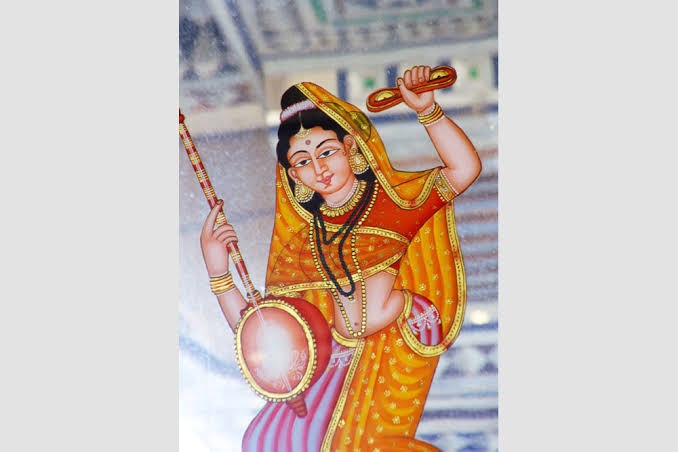Free Courses Sale ends Soon, Get It Now


Free Courses Sale ends Soon, Get It Now



Disclaimer: Copyright infringement not intended.
Context
PM Modi attends an event commemorating the birth anniversary of Sant Meera Bai.
Details
Early Life and Background
Devotion to Lord Krishna
About Bhakti movement
Origins and Historical Context:
Core Principles of the Bhakti Movement:
Key Figures and Their Contributions:
Impact and Legacy:
Conclusion
Meera Bai's life exemplified unwavering devotion and love for Lord Krishna, transcending societal norms and embracing spirituality. Her profound poetry and dedication to Krishna continue to inspire spiritual seekers and devotees worldwide, making her a revered figure in the Bhakti movement and leaving an indelible mark on Indian spiritual and literary heritage.
|
PRACTICE QUESTION Q. Examine the socio-religious significance of the Bhakti Movement in medieval India, highlighting its core principles, impact on society, and cultural heritage. Discuss the role of prominent saint-poets and their contributions in fostering social equality and spiritual unity during this period. (250 Words) |
© 2024 iasgyan. All right reserved